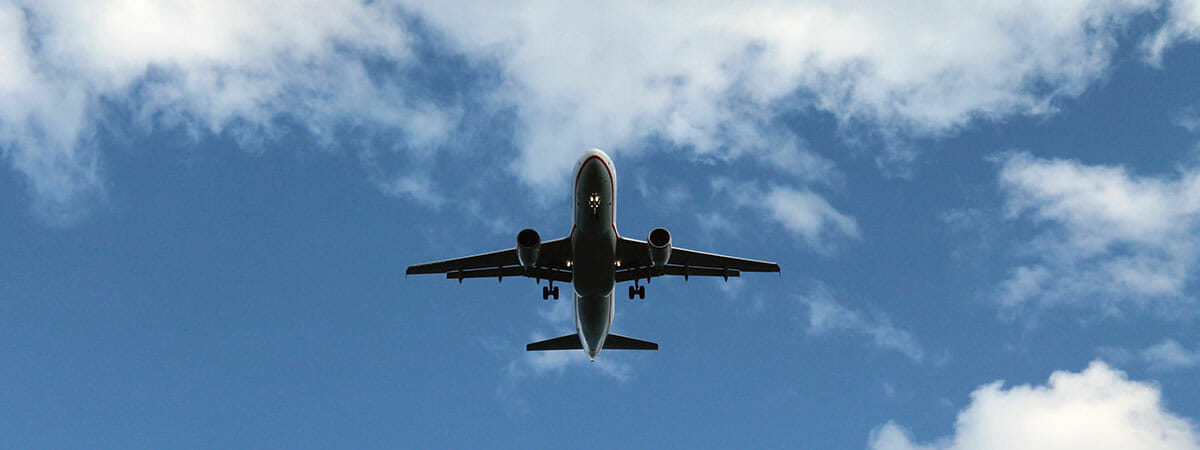Over the past one hundred years, the world of aviation has been forged by way of trial and error. It is something inherent to the human being. In spite of the current amount of safety and quality controls in every aspect of the aeronautical industry, in the past it did not seem to be so necessary.
With the aim of making air transport increasingly safer, the blacklist of airlines is yet another step towards improving operational safety in European airspace.
As a general rule, the most substantial changes relating to operational safety in aircraft and airports have almost always been preceded by a serious incident or failure in the system that has opened our eyes and disrupted our balanced position, which we thought was safe.
The world is made up of a system of economically and socially uncompensated countries, with the airlines operating in each territory a reflection of this. The idea of creating within the Community a “Blacklist” for airlines that would be banned from operating in Europe stemmed from a series of air traffic incidents.
At first, not all countries agreed to create this list, which was mainly down to their commercial interests or to current treaties with the affected countries. However, the incidents continued to occur while evidence arose of potentially dangerous airlines that did not fulfil the maintenance programmes set by the manufacturers or civil aviation authorities of their countries. Sometimes, the problem was due to a lack of audits by their own civil aviation authorities.
All this led to the European Commission publishing in 2006 Regulation (EC) No 474/2006 of 22 March, establishing the Community list of air carriers which are subject to an operating ban within the Community.
This list is not fixed, but is updated twice or three times a year, usually when an EU state requests it or when the European Commission deems it necessary.
The latest update was made in June 2021, and it is the 37th edition, in which 103 airlines from 16 different countries have been banned. In fact, there are states that have all of their airlines included in the Black List, the problem residing in the low level of compliance with ICAO standards by the State supervisory authorities. Years ago, the number of banned airlines amounted to around 200. The main reason for this reduction has been the COVID-19 pandemic, during which many airlines lacking resources or belonging to countries that could not financially support them have disappeared.
The current version of the list has two annexes:
- Annex A: List of air carriers of which all operations are subject to a ban within the Community.
- Annex B: List of air carriers of which operations are subject to operational restrictions within the Community. The operational restrictions consist in banning the use of aircraft or specific aircraft set forth in said Annex.
But, how can air carriers be taken off the Black List?
If an air carrier considers that it must be removed from the list because it complies with the relevant safety standards, it can submit an application to the Commission, either directly or through its civil aviation agency.
To lift the ban, sufficient evidence must be provided demonstrating that both the airline and the State supervisory authority adequately and sufficiently comply with international safety standards.
The European Commission’s Air Safety Committee will assess the submitted evidence, and, if the result is positive, the airline will be removed from the Blacklist.
When all the airlines of a State appear in the Blacklist, it is usually due to the low level of compliance with ICAO standards by the State’s air safety supervisory authorities. In this case, the State in question will be required to address any detected non-compliances before these air carriers can be removed from the list.
On the other hand, in order to include airlines in the list the European Commission must have received information from the various EU countries or third countries. Here are some of the information channels: via the European Aviation Safety Agency (EASA), through audits conducted by the International Civil Aviation Organisation (ICAO) -in Spain via AESA (Spanish Aviation Safety Agency)-; or other international bodies, whether from the EU or not.
This list is not only useful for EU states and their shared objective of achieving a safer air transport within European airspace, but also for the consumer, whether a tourist or a business traveller, as it is a very interesting source of information when planning a trip.
So, dear reader, if you are thinking about enjoying a dream holiday in a remote country, such as in South-East Asia or Africa, where you plan to take internal flights, we recommend that you take a look at the Blacklist to check whether any of the airlines are included in it. You can do so at this link: The UE Air Safety List.
And after having done this, enjoy your trip.



